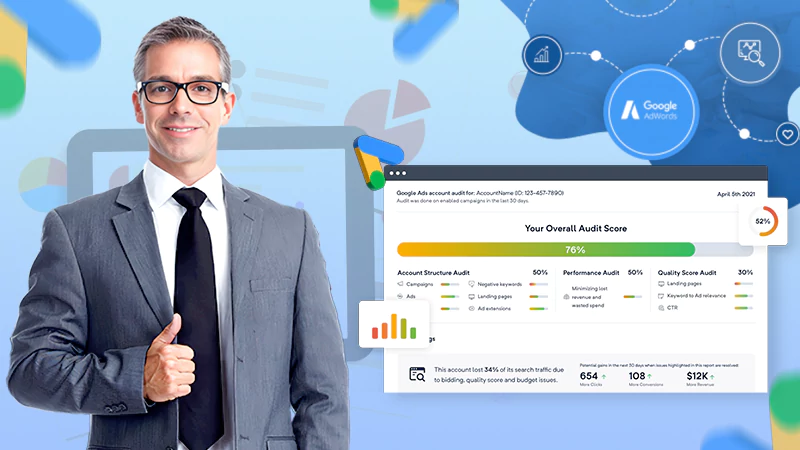What is MS D365 Implementation Project?
Adopting Microsoft Dynamics 365 can facilitate your business bringing it to the next level, however, it will happen only with proper implementation. For that, you will need a careful schedule, otherwise, an implementation might turn out to be counter-effective. This article will help you to build your own project for the implementation of your ERP system.
Initiating and Planning Your MS D365 Implementation Project
Project initiation requires choosing your project leader to take care of both the technical side and business integration. You will also need to assign a team who might include your employees willing to learn to use and maintain your new ERP system, business experts specializing in the areas covered by your ERP software as well as implementation partners in case you are willing to use their services.
To plan your project successfully, you have to set its scope and goal and estimate its budget and risks documenting all of these parameters.
Also, Read: SaaS is the Latest Implementation and Trend Services in 2022
Exploration and Customization
The exploration part of your Microsoft Dynamics 365 project implementation is focused on a deeper understanding of the business processes of your organization and preparing related data.
Discovering the specificity of the way your business is operating will allow you to set the requirements for your project which are often noted in FRD or Functional Requirement Documentation. Considering these requirements, you will be able to customize your future ERP cloud system as much as is allowed by Microsoft. The detailed plan of system configuration should be written down in the SDD which stays for the Solution Design Document.
Development and Deployment of Microsoft Dynamics 365
Now, an ERP system can be installed by a service provider. This stage includes setting the system environment up, granting required permissions to its users, and also customizing the functionality and appearance of the user interface of Microsoft Dynamics 365 according to your requirements.
It is recommended to include the first tests in this part of the implementation, especially integration tests. The deployment process of your ERP system will be focused on further testing and UAT in particular.
Preparations for Rollout and Post-Go-Live Procedures
When tests are passed by your ERP system, take a moment and reassess the implications of your system going live one more time. Pay your attention to possible weak points of the business processes that might be severely affected by any trouble with the software, for example, disruptions in the supply chain operation.
Your implementation project should also cover monitoring and testing activities with suggested troubleshooting actions for the post-go-live phase.
Useful Features for Your Implementation Project
It will be easy for your team to use the project if it is organized in a Microsoft Excel file in a clean and informative way. It is advised to describe the phases of the project with a weekly timescale. Break the phases down into exact activities that have to be performed.For more information, visit: https://xplusglobal.com/dynamics-implementation/
The Challenges and Benefits of Removing Negative Online…
Unlock the Simplest Way to Access LaSRS Login…
Strategic Wins: How SafeOpt Can Boost Your Online…
5 Reasons Why Marketing Matters in Business?
Google Ads: What Are the Basic Checklists to…
The Crucial Role of Press Releases in a…
8 Best Tech Tips to Implement for Better…
Fax Machines in the Digital Age: A Sustainable…
Breaking Barriers: The Power of Business Translation Services
Why Do Businesses Need a Dedicated Mobile App?
The Role of Onboarding in Improving Employee Retention…
3 Major Benefits of Onsite IT Support












